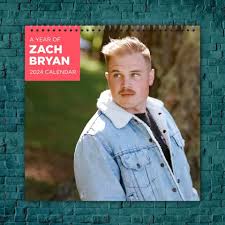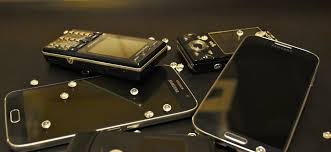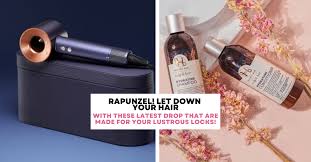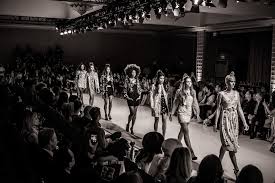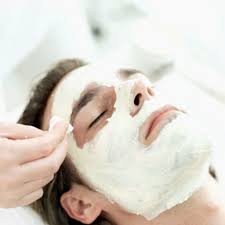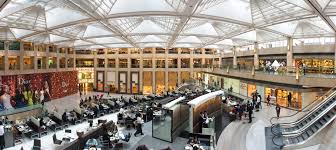Explore Gilded Age Fashion: A Quick Overview
Table of Contents
The Gilded Age, spanning roughly from the 1870s to the early 1900s, was a period of immense economic growth and social change in the United States. This era, known for its opulence and extravagance, also saw significant developments in fashion. Gilded Age fashion was characterized by its luxurious fabrics, elaborate designs, and the influence of European styles. Here’s a quick overview of the key elements of Gilded Age fashion.
Women’s Fashion in the Gilded Age
1. The Silhouette The female silhouette during the Gilded Age was defined by exaggerated curves. The era began with the popularity of the bustle, a framework worn under the skirt to create volume at the back. By the 1890s, the bustle had faded, and the hourglass figure became the ideal, with corsets cinching the waist to create a dramatic contrast with the fuller skirts and padded hips.
2. Fabrics and Colors Luxurious fabrics such as silk, velvet, and satin were favored, often adorned with lace, ribbons, and embroidery. Dark, rich colors like burgundy, navy, and emerald were popular, reflecting the opulence of the time. Evening gowns often featured lavish details, such as beading and sequins, which shimmered under candlelight.
3. Accessories Accessories played a significant role in luxurious. Women adorned themselves with hats decorated with feathers and flowers, gloves, and parasols. Jewelry was also a marker of wealth, with diamonds, pearls, and other precious gems being highly sought after. Brooches, necklaces, and tiaras were common for evening wear.
Men’s Fashion in the Gilded Age
1. The Tailored Suit Men’s fashion in the Gilded Age was all about sharp tailoring and a polished appearance. The three-piece suit, consisting of a jacket, waistcoat, and trousers, was the standard for men. Morning coats, which were cut away at the front and long at the back, were worn during the day, while evening wear often included a tailcoat or tuxedo.
2. Fabrics and Colors Men’s suits were typically made from wool, with silk being used for more formal attire. Dark colors such as black, charcoal, and deep navy were standard, particularly for evening events. Stripes and checks were also fashionable for daywear, adding a subtle touch of pattern to the ensemble.
3. Accessories Men’s accessories during the Gilded Age included top hats, bowler hats, and bow ties or cravats. Pocket watches were a common accessory, often attached to a waistcoat with a chain. For formal occasions, gloves and canes were also part of a well-dressed man’s attire.
Influence of European Fashion
European fashion, particularly from Paris and London, had a significant influence on Gilded Age styles. Wealthy Americans often traveled to Europe to purchase the latest fashions directly from designers like Charles Frederick Worth, who was known as the father of haute couture. These European styles were then adapted and emulated by American dressmakers and tailors.
The Role of Social Status in Fashion
Fashion during the Gilded Age was a reflection of social status. The upper class, or the “nouveau riche,” used fashion as a way to display their wealth and distinguish themselves from the lower classes. Elaborate dresses and finely tailored suits were often worn to social events such as balls, operas, and dinner parties, where appearances were everything.
Legacy of Gilded Age Fashion
The Gilded Age left a lasting impact on fashion, with its emphasis on luxury, detail, and silhouette continuing to influence modern designs. The era’s focus on couture and the importance of the fashion industry laid the groundwork for the fashion capitals of the 20th century.
Conclusion
luxurious was a reflection of the wealth, power, and social dynamics of the time. With its extravagant designs and luxurious materials, it remains a fascinating period in fashion history. Whether through the elaborate gowns of women or the tailored suits of men, the fashion of the Gilded Age continues to captivate and inspire.

